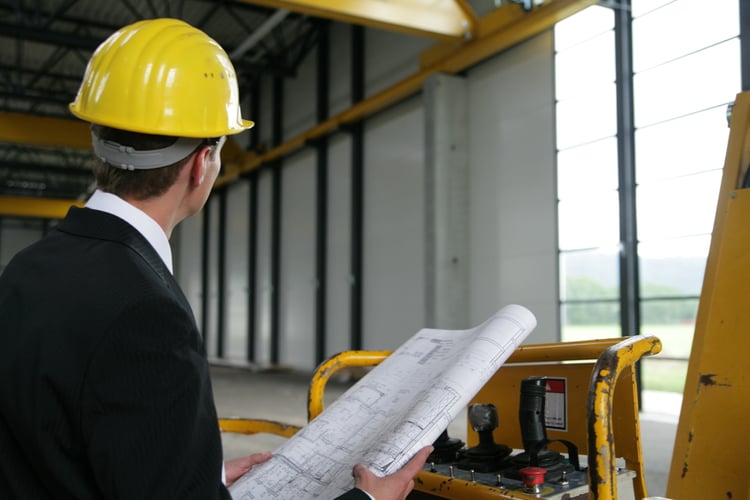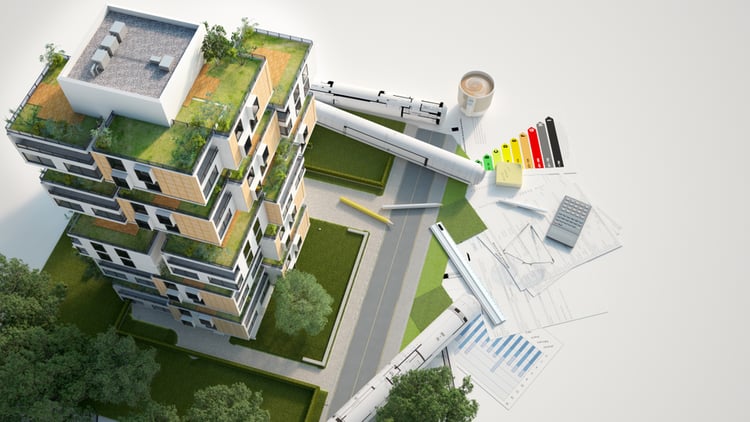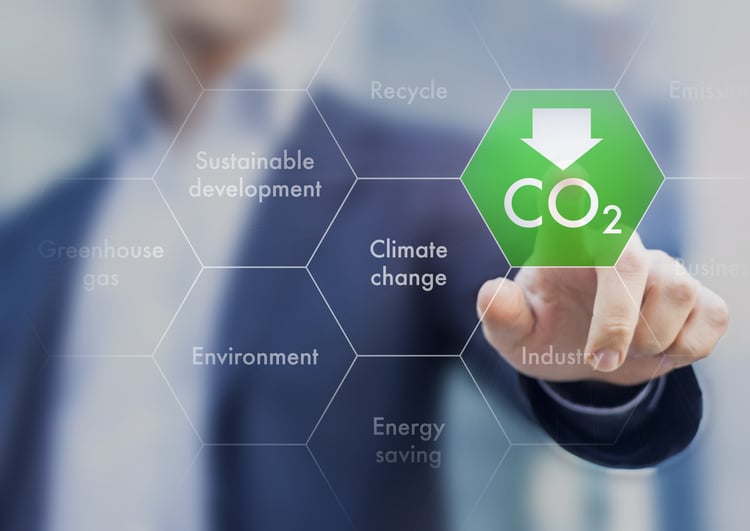3 Ways Energy Modeling Can Help Developers in NYC

Energy efficiency measures are not always analyzed in detail before implementing them. For example, LED lighting and NEMA Premium motor upgrades are often based on the typical percentage savings mentioned by vendors. However, a building is composed of many interacting systems, and their parts don’t operate in isolation. Energy modeling provides a much more accurate picture of how your building behaves, allowing better investment decisions.
Energy modeling accounts for all the interactions between building systems, and also the local climate. For instance, a lighting and motor upgrade not only reduces power consumption directly - the newer and more efficient equipment also emits less heat, reducing cooling loads. Some extra heating may be needed during winter, but this is only a small fraction of the total savings.
Save electricity and gas while cutting emissions with our energy modeling services.
In this article, we will discuss 3 ways in which energy modeling benefits building owners in NYC.
1) Meeting the NYC Energy Code More Easily

The NYC Energy Conservation Code was created by Local Law 85 of 2009 - part of the Greener, Greater Buildings Plan. The NYC energy code is one of the most demanding, not only in the US but also internationally. The code is reviewed and updated at regular intervals, making its requirements more demanding over time, and the most recent version is from 2020.
New constructions and major renovation projects in NYC must meet the latest version of the energy code, and there are two main compliance options:
- Meeting a long list of prescriptive measures to conserve energy.
- Meeting a minimum energy performance level, and proving it with a simulation.
Energy modeling can be used to meet the NYC energy code based on performance, which is often easier than following a long list of requirements. The performance-based approach also gives you more design freedom, since there is no need to include specific measures. The prescriptive approach limits your options, since many components must be designed exactly as described in the code.
2) Increasing Your ENERGY STAR Score and Local Law 33 Energy Grade

If your building is larger than 25,000 sf, you must benchmark energy usage under Local Law 84 of 2009 - also part of the Greener, Greater Buildings Plan. This data is used to calculate an ENERGY STAR score from 1-100, and this value is used in turn to calculate your building energy grade (Local Law 33).
- Your building becomes ENERGY STAR Certified with a score of 75 or higher, and NYC gives you an “A” if the score is at least 85.
- Local Law 33 does not demand a minimum grade, but you must display it publicly.
- Low energy grades are bad news for a developer: Potential tenants will fear higher energy bills, and they may look for buildings that are more efficient.
Energy modeling can help you plan a building upgrade better, achieving greater savings and improving your energy grade. For example, if a building raises its score from 65 to 85, it becomes ENERGY STAR Certified and its LL33 grade improves from “C” to “A”.
The savings achieved by energy upgrades can be estimated without modeling, but the accuracy of the calculations is much lower. Some energy efficiency measures can be overestimated, while promising opportunities are missed. Energy modeling increases the savings achieved per dollar invested.
3) Reducing Emissions and Avoiding Penalties Under Local Law 97

NYC landlords cannot afford to ignore Local Law 97 of 2019, or they can face hefty penalties for high emissions. Basically, LL97 places emission limits for buildings, which depend on floor area and occupancy classification. Just like the benchmarking law, it applies for all properties larger than 25,000 sf. Groups of buildings that exceed 50,000 sf under the same tax lot are also covered by the law.
Building emissions are calculated based on energy consumption by source, and each source has an emissions factor.
- For example, 1000 BTU of #4 fuel oil will add 75.29 kg of CO2-equivalent to your building’s emissions, but 1000 BTU of natural gas will only add 53.11 kg.
- In other words, the environmental impact of #4 fuel oil is higher by around 42%.
By helping you reduce energy consumption more effectively, energy modeling can also be used to lower emissions. To avoid or minimize penalties under LL97, you can focus on high-emitting energy sources first. If your heating systems use #4 fuel oil, they can be upgraded to use a combination of natural gas and renewable sources.
Conclusion
If you’re a real estate developer in NYC, energy modeling can help you with code compliance and with Local Laws. You can meet the energy code with the performance-based approach, which is often easier and cheaper than the prescriptive approach.
Energy modeling can also help you plan your building upgrades, maximizing your energy savings and emission cuts. A lower energy consumption leads to a higher energy grade (LL33), while lower emissions help you avoid penalties (LL97).

Michael Tobias
Michael Tobias, the Founding Principal of NY Engineers, currently leads a team of 150+ MEP/FP engineers and has led over 4,000 projects in the US
Join 15,000+ Fellow Architects and Contractors
Get expert engineering tips straight to your inbox. Subscribe to the NY Engineers Blog below.

